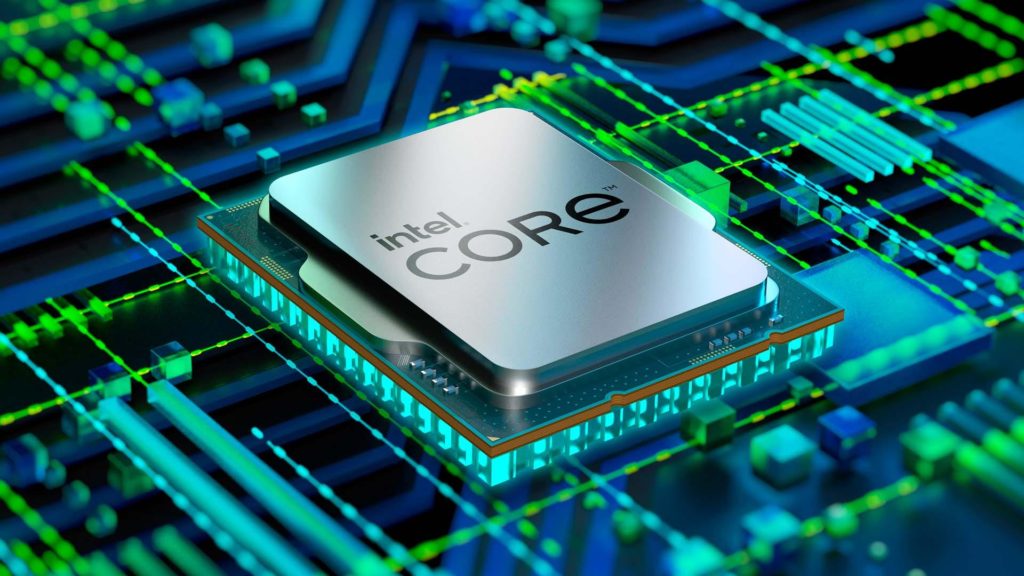Intel unveiled aggressive investment plans for the European Union, claiming that by the end of the decade, the business will have invested no less than 80 billion euros on the continent. Intel’s top objective will be to open a new cutting-edge Mega Fab in Magdeburg, Germany, which will drain $17 billion from the investment budget. In addition, the business announced plans to establish a new R&D and design hub in France, as well as significant R&D, manufacturing, and foundry services investments in Ireland, Italy, Poland, and Spain.
Intel’s initiative intends to strengthen the EU’s position in the global semiconductor manufacturing area while lowering reliance on Asia and the United States in the global supply chain. In addition, Intel will benefit from several government and EU subsidies. The EU’s equivalent of the US’ Chips Act is worth a cool $43 billion in support for establishing semiconductor manufacturing capabilities within the continent’s borders, even though complete independence is said to be impossible.
Intel wants to build a new “Silicon Junction” in Europe, focusing on Germany because of its tech talent, excellent industrial support infrastructure, and existing ecosystem of suppliers and customers. Magdeburg will thus become Intel’s new European headquarters, with two “first-of-their-kind” fabrication plants set to open in the first half of next year.
The new fabs are planned to produce chips based on Intel’s cutting-edge technology, including future Angstrom-era transistors, allowing Intel to better serve not just its customers, but also worldwide silicon customers as part of its IDM 2.0 strategy. The $17 billion investment is estimated to generate 7,000 construction employment, 3,000 permanent high-tech positions at Intel, and tens of thousands of indirect jobs in supporting businesses and infrastructure.

Italy is expected to get a $4.5 billion investment in a cutting-edge back-end manufacturing facility, the first of its kind in Europe, according to Intel. The facility is expected to be operational in the years 2025-2027. Intel also plans to use its $6 billion Tower Semiconductor acquisition (which is still pending) and that company’s link with ST Microelectronics, which has a semiconductor facility in Italy’s Agrate Brianza region, for semiconductor-related partnerships. Intel estimates that the new Italian facility will create 1,500 direct employment and an additional 3,500 indirect jobs.
Intel’s investment comes amid the Russian-Ukraine conflict, which has caused energy costs across the EU to soar. Despite the conflict’s current tense prospects and the possibility of a long-term impact on global semiconductor supply chains, Intel understands that it is in its best interests to decentralise its manufacturing operations while leveraging the EU’s strong internal infrastructure and R&D capabilities. In the current context, Intel’s objective of using renewable energy to power all of its European facilities becomes a strategic priority not only for the firm but also for the EU. Of course, this is in addition to the environmental advantages.
Naturally, the $43 billion EU Chips Act package must have aided Intel’s investment choice, and a sizable portion of it will be directed toward Intel — in addition to any national incentives, the business may receive. Despite the uncertainty and significantly higher human and infrastructure costs, the EU and its member countries are the appropriate choices for Intel’s manufacturing and research and development decentralisation.
also read:









Intel has lost its edge of semiconductor processing to TSMC. Intel must regain it to make its investment as a solution to the chip shortage. Hence, how has it been lost and how to reign it should get priority. https://www.the-waves.org/2022/03/20/intel-falling-due-to-pc-and-mobile-waves/